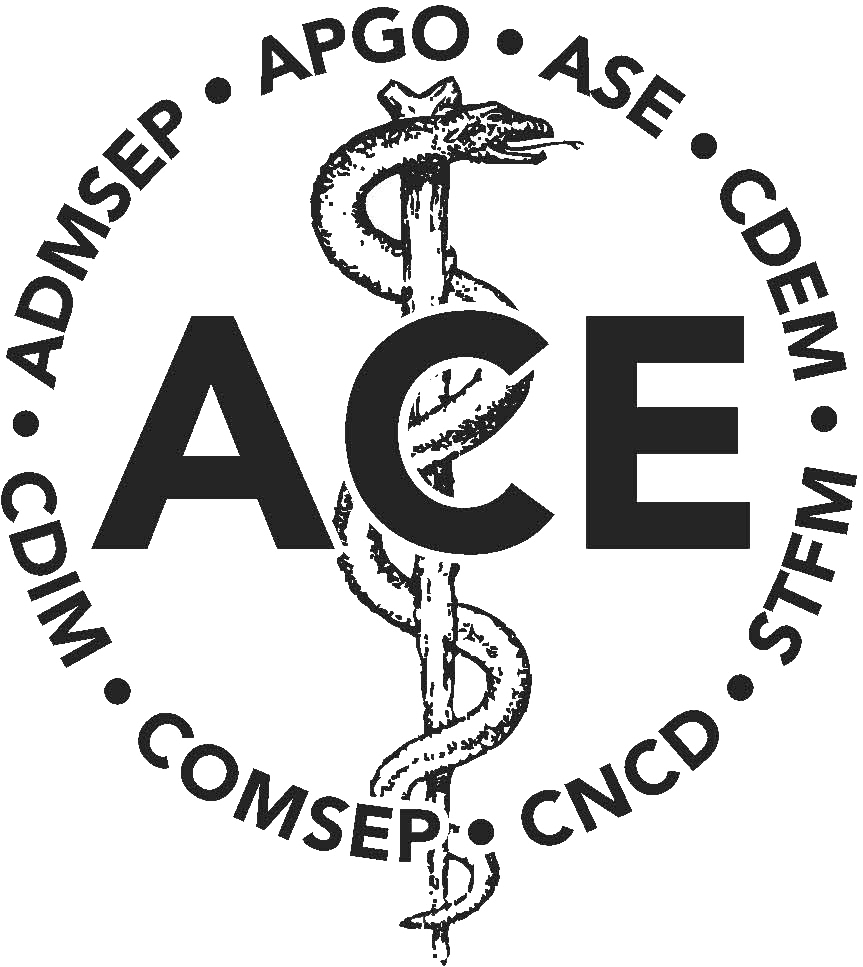[This blog entry was created using AI tools as part of an exploratory process. The initial step involved identifying relevant articles using Open Evidence (OpenEvidence). After filtering the results, the writer selected the four most salient articles for deeper analysis. These were then input into ChatGPT with instructions to generate a 500-word blog post tailored to an audience of medical educators across disciplines. Several rounds of revisions followed, involving both AI-assisted editing and human review, including careful cross-checking of references. This process illustrates one example of how leveraging the strengths of various AI tools can enhance academic and professional communication.]
Artificial intelligence (AI) isn’t coming to healthcare—it’s already here. From diagnostic support to personalized treatment planning, AI is reshaping how clinicians work. Yet, as the tools grow smarter, are we making sure our future doctors are ready to use them wisely?
For many medical schools, integrating AI into the curriculum still feels like a futuristic challenge, reserved for tech-forward institutions or students with a coding background. But that mindset may be doing our learners—and their future patients—a disservice.
As Lee et al. (2021) noted in their scoping review, most current efforts to teach AI in undergraduate medical education are fragmented and inconsistent. Students get glimpses of AI—perhaps in a radiology elective or a data science lecture—but rarely develop a foundational understanding of how it fits into clinical reasoning, ethical decision-making, or patient care.
Fortunately, the conversation is shifting. Gordon et al. (2024), in their comprehensive BEME review, advocate for a structured, competency-based approach to AI education. Rather than teaching “about technology,” they propose helping students become critical consumers of AI—able to evaluate algorithms, question biases, and make informed clinical choices in AI-augmented environments.
What should this look like in practice? Çalışkan et al. (2022) provide a helpful starting point. Through a Delphi study, they identified core competencies that medical students should acquire, including data literacy, understanding the limitations of AI, and ethical awareness. These aren’t just technical skills—they’re critical thinking tools.
This shift isn’t about turning every med student into a programmer. It’s about preparing them to ask smart questions: Can I trust this algorithm’s output? Is it transparent? Could it reinforce existing healthcare inequities?
Engaging students in these conversations is not just possible—it’s essential. As Chen et al. (2019) emphasized, students respond well to case-based and clinical examples where AI tools are already in use. Imagine a cardiology module that includes AI-based EKG interpretation, or an ethics seminar that tackles algorithmic bias in patient triage.
Wartman and Combs (2018) take it a step further, arguing that AI should catalyze a reimagining of medical education itself. In a world where machines can recall every clinical guideline, the value of a physician lies in synthesis, judgment, and humanity. Our curricula and means of evaluation should evolve accordingly.
And AI isn’t just the content—it can also be the method. Tools that offer AI-powered feedback (Aquifer, 2025) or assist in curriculum mapping (Raskob et al., 2025) are already helping educators personalize learning and identify gaps.
Medical educators don’t need to become data scientists—but we do need to lead this transformation. Let’s give our students the tools to engage with AI thoughtfully, challenge it where needed, and use it to deliver more equitable, effective care. Because the future of medicine isn’t just high-tech—it’s human-led, AI-enabled.
What do you think?
- Where in your current curriculum could AI naturally be introduced or integrated?
Think about existing modules (e.g., radiology, pathology, ethics) where AI tools are already being used in clinical practice. - What competencies do you think are most important for students to develop regarding AI in medicine?
How might you prioritize ethical reasoning, data literacy, or critical evaluation of AI tools? - How prepared do you feel—individually or institutionally—to teach about AI in medical education?
What support, training, or partnerships would help you feel more confident? - How can AI be used not just as content, but as a tool for teaching and assessment in your program?
Have you considered ways to use AI for formative feedback, curriculum mapping, or adaptive learning? - What potential risks or unintended consequences should we be mindful of as we integrate AI into medical education?
How do we ensure equity, transparency, and student-centered learning while adopting new technologies?
References
Aquifer (2025). AI-Powered Feedback: Enhancing Clinical Reasoning in Medical Education. Available at https://aquifer.org/blog/ai-powered-feedback-enhancing-clinical-reasoning-in-medical-education/. Accessed June 17, 2025.
Çalışkan, S. A., Demir, K., & Karaca, O. (2022). Artificial intelligence in medical education curriculum: An e-Delphi study for competencies. PLOS ONE, 17(7), e0271872. https://doi.org/10.1371/journal.pone.0271872
Chen, J. H., Asch, S. M., & Wren, S. M. (2019). Artificial intelligence in medical education: A review. JMIR Medical Education, 5(1), e13930. https://doi.org/10.2196/13930
Gordon, M., Daniel, M., Ajiboye, A., Atkinson, H., Downer, J., & Parise, A. (2024). A scoping review of artificial intelligence in medical education: BEME Guide No. 84. Medical Teacher, 46(4), 446–470. https://doi.org/10.1080/0142159X.2024.2314198
Lee, J., Wu, A. S., Li, D., & Kulasegaram, K. M. (2021). Artificial intelligence in undergraduate medical education: A scoping review. Academic Medicine, 96(11S), S62–S70. https://doi.org/10.1097/ACM.0000000000004291
Raskob, K., Duman, H., Kinder, J., Lee, J., Wilson, J., & Segerson, K. (2025). Twelve tips to harness the power of AI for curriculum mapping. Medical Teacher, 1–10. https://doi.org/10.1080/0142159X.2025.2513427
Wartman, S. A., & Combs, C. D. (2018). Reimagining medical education in the age of AI. Academic Medicine, 93(8), 1107–1109. https://doi.org/10.1097/ACM.0000000000002111
Author: Silka Patel, M.D., MPH; Association of Professors of Gynecology and Obstetrics
